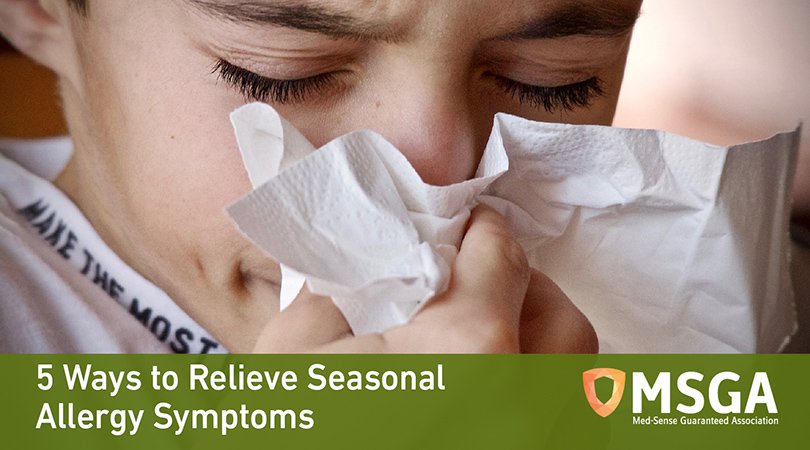Estimates are that seasonal allergies are a problem for about 20 million Americans who get hay fever each year. For those who have these sensitivities, it is something that they dread happening. Not only does it happen each year, in some areas the bouts of allergies are getting longer due to climate change disrupting normal weather conditions. Moreover, serious seasonal allergies may cause asthma, which can be life-threatening.
Many feel somewhat helpless about their allergies. They may take all kinds of medications to reduce the symptoms of seasonal allergies. While these may provide temporary relief, this is not really dealing with the underlying fundamental causes of allergic reactions. Each person is different. There are some natural ways to help alleviate allergic symptoms and solutions you might not know about that you can use to diminish allergies. Here are some things that are providing solutions for others that you can consider:
Eucalyptus
Hay fever sufferers may benefit from the following technique.
Freshly-cut branches with leaves from a eucalyptus tree can be placed in a steam shower to provide natural relief from stuffed-up noses and sinus congestion. These eucalyptus branches may be found for sale in garden stores, some grocery stores, and at florists’ shops. If you have the room, it is a good idea to grow your own eucalyptus tree to have your own source of fresh branches with leaves.
Hang the branches from the part of the shower head next to the wall or above where the water comes out. The idea is to let the steam envelop the branches but not allow the hot water to run directly on them. The branches will stay fresh for up to two weeks. It is time to replace them when you cannot smell the eucalyptus.
Take a long, hot, steamy shower. Breathe in the eucalyptus aromatherapy to help naturally clear the congestion and you will feel a lot better. If a source of fresh eucalyptus branches is not available in your area, a substitute for this method is using essential eucalyptus oil in a vaporizer and breathing in the vapors.
Locally-Sourced Organic Honey
When bees are collecting nectar that they make into honey, they are also pollinating plants. The pollen sticks to their bodies as the fly from one flower to another. Some of this pollen is carried back to the beehive and becomes mixed in with the honey.
Organic honey, which is not heavily processed, is a good source of pollen from the local area around where the bees live. Find a beekeeper offering organic honey that cares for hives as close as possible to your home.
By taking a spoonful of this honey on a regular basis, you are naturally exposing yourself to a tiny amount of the local pollens. This helps your body get used to them over time.
HEPA Air Filtration Systems
Americans spend 90% of their time indoors. Indoor air pollution is three to five times higher than outside air. A HEPA air filtration system is very beneficial for those with allergies. It removes the particulates from the air such as pollen, dust, and animal dander that are some major sources of allergic reactions.
Meditation
Meditation helps practitioners to calm themselves and gain more direct communication and control over their bodily functions. Meditation, which focuses on deep breathing, is useful for those who suffer from asthma attacks. It is helpful to stay calm when having an asthma attack and focus on deep breathing to relax the body and reduce the severity of the attack.
Wim Hof Method
The Wim Hof Method uses meditation along with rapid deep breathing (hyperventilation), and regular exposure to cold showers. This method stimulates the body into improving the function of its immune system. Allergic reactions are basically an over-response by the body’s immune system to allergic triggers. Using the simple, effective techniques of the Wim Hof Method may help reset the body’s internal balance to improve immune system function.
Summary
Following these tips empowers people who have allergies. It helps them feel less like a victim and more like a person whose health is improving.

